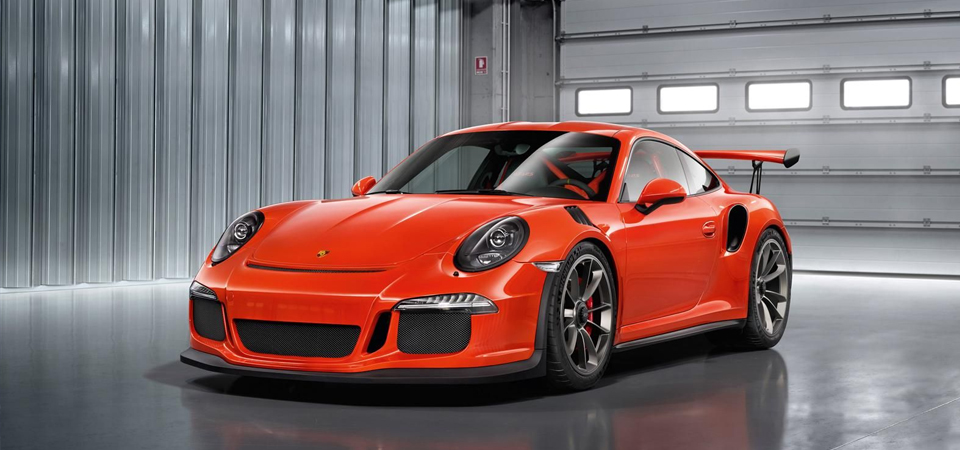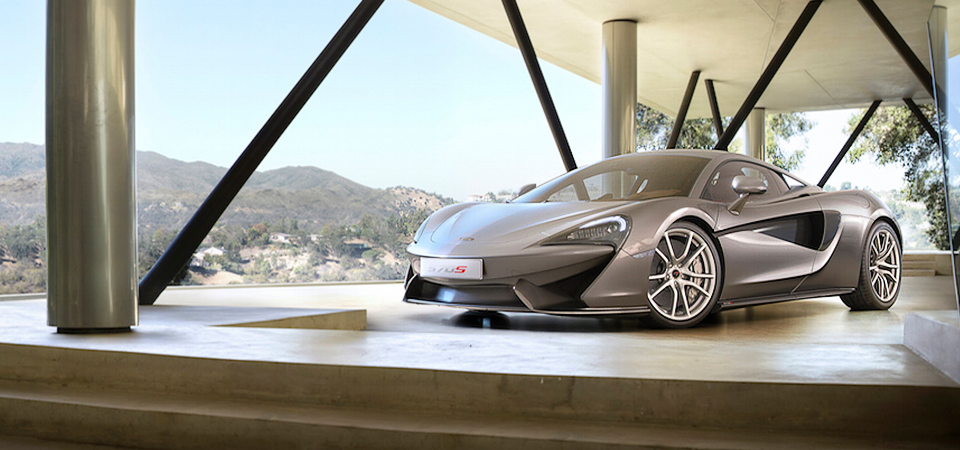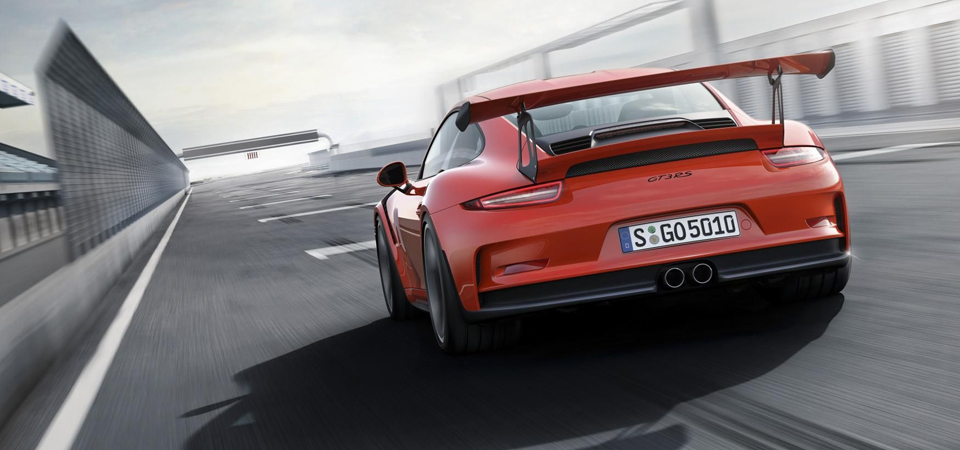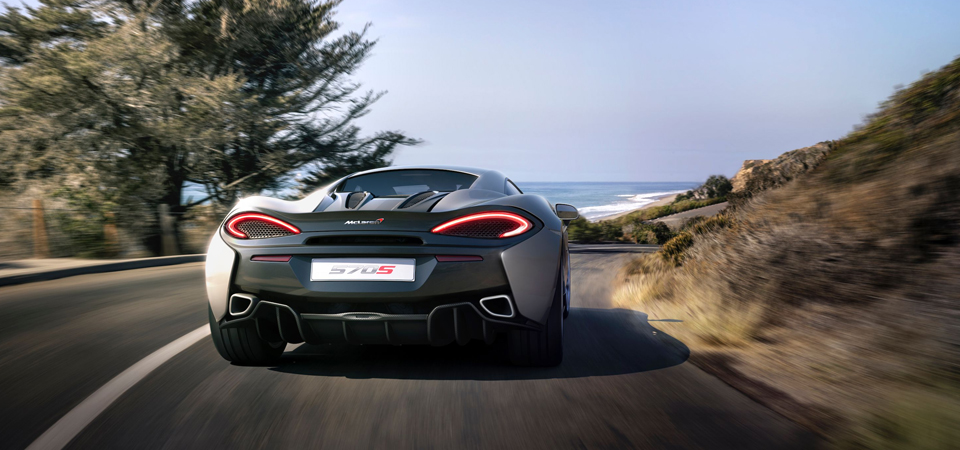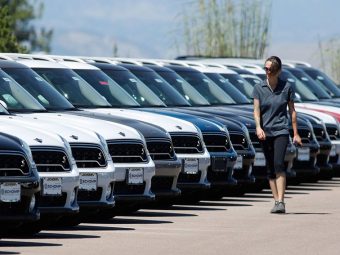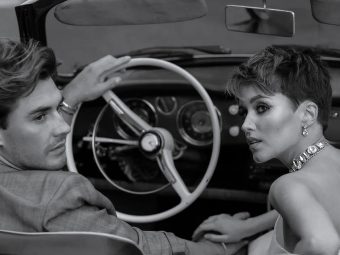In September 1964 the Porsche 911 went on sale after having taken over the reign of the 356, essentially a heavily tampered-with VW Beetle, which started life in 1948. As years went by, so did the generations of the 911. Changes have included lengthening the sports car, new engines, power upgrades, different transmissions and countless road-going and track aimed variations.
In 2012, the 991 model replaced the 997. Despite looking almost identical at the surface, the main changes occurred under its skin. And guess what, that included even more lengthening! Normally-aspirated or twin-turbo engines were offered for rear and all-wheel-drive 991 911s, and as with any modern-day sports car, it shed a couple of kilos and gained some more power.
Some claim that the similarity of all 911s is the result of Porsche being lazy. Others insist the winning formula of re-invention has kept the familiar design alive for more than half a century. Personally, I think the technological advances that Porsche has put the 911 through have provided the basis of its great success.
Today, we see the 911 with 3 main guises and 2 top-of-the-range track-focused powerhouses. The Carrera, Targa and Convertible. At the top of the pecking order are the 911 GT3 and GT3 RS. McLaren Automotive has a shorter history. Founded in 1989, McLaren Automotive is part of the hugely successful McLaren Group. The legendary McLaren F1 needs no introduction (of which only 104 were manufactured), the MP4-12C which has been re-branded 650S, and the £866,000 hybrid P1 are some of the latest performance cars from McLaren.
To match the specs of McLaren’s 570S which debuted a few weeks ago at the 2015 New York International Auto Show, I’ve chosen to put it up against the Porsche 911 GT3 RS. The GT3 RS’s 4.0-litre naturally-aspirated flat-six engine packs an incredible punch. No less than 500 bhp and 460 Nm of torque are produced. This rear-engined rear-wheel-drive supercar gets from zero to 100 km/h in 3.3 seconds. The 0-200 km/h sprint takes just 10.9 seconds.
Jaw-dropping statistics, but let’s move on to the 570S. The GT3 RS has 352 bhp per tonne – the 570S has 428. Its 562 bhp twin-turbo 3.8-litre V8 produces up to 600Nm of torque and shifts it to 100 km/h in 0.1 second less than the GT3 RS, or to 200 km/h in 1.4 seconds less than the Porsche. This is also a rear-wheel-drive car, unsurprisingly, but it has its engine mounted in the centre. Both have their power delivered through their own variants of a 7-speed dual-clutch gearbox.
Both have near-200 mph top speeds – the McLaren at 204 and the Porsche at 193. Running costs are, well, appalling. But come on, this is hardly a Prius, is it! You need £130,000 to buy the Porsche 911 GT3 RS in the first place, or some £145,000 for the McLaren 570S. The former achieves 22.2 mpg. Well, is ‘achieve’ the best choice of words? Ok, how about this. The latter ‘struggles’ to get 25.5 mpg. CO2 figures come in at 296 and 258 g/km respectively.
When it comes to practicality, the 911 GT3 RS has a 125-litre boot, whereas the 570S’ boot capacity is 150 litres. So the Porsche 911 GT3 RS is worse than the McLaren 570S in every way apart from the initial purchase price. Why would anyone choose it, then? Because it sits above a well-established range of 911s, it combines luxuries and modern-day technologies with a full-on performance-orientated drivetrain.
Truth be told, if either of these cars were to end up parked on my driveway, I would not at all be disappointed!
